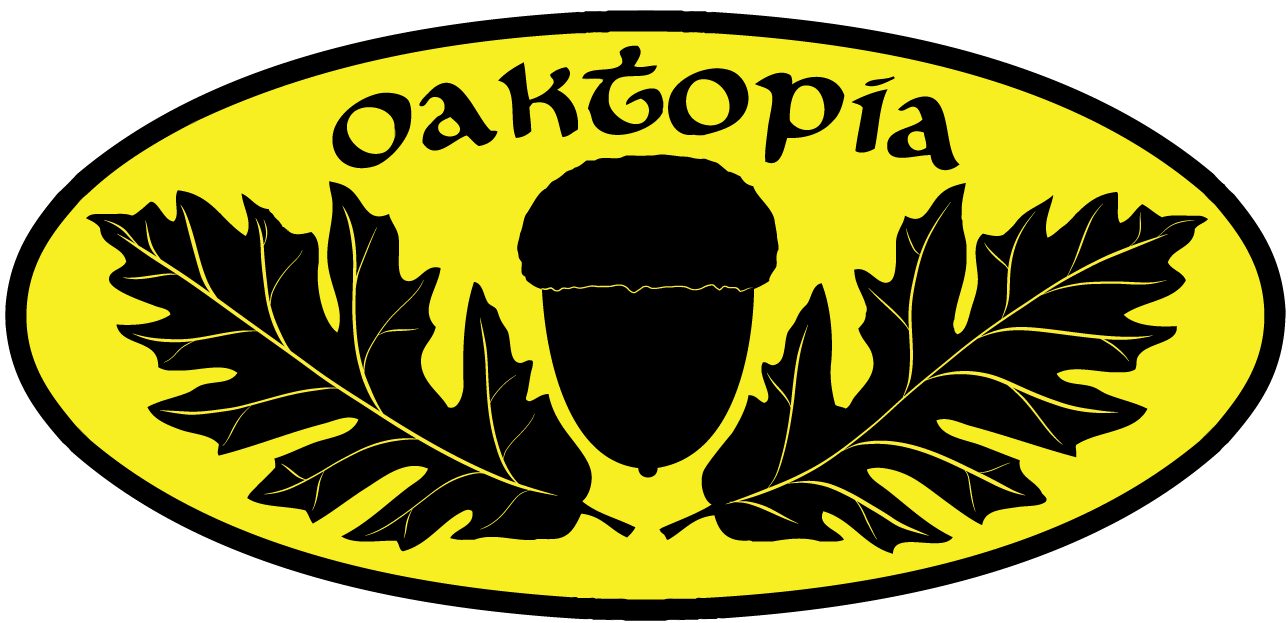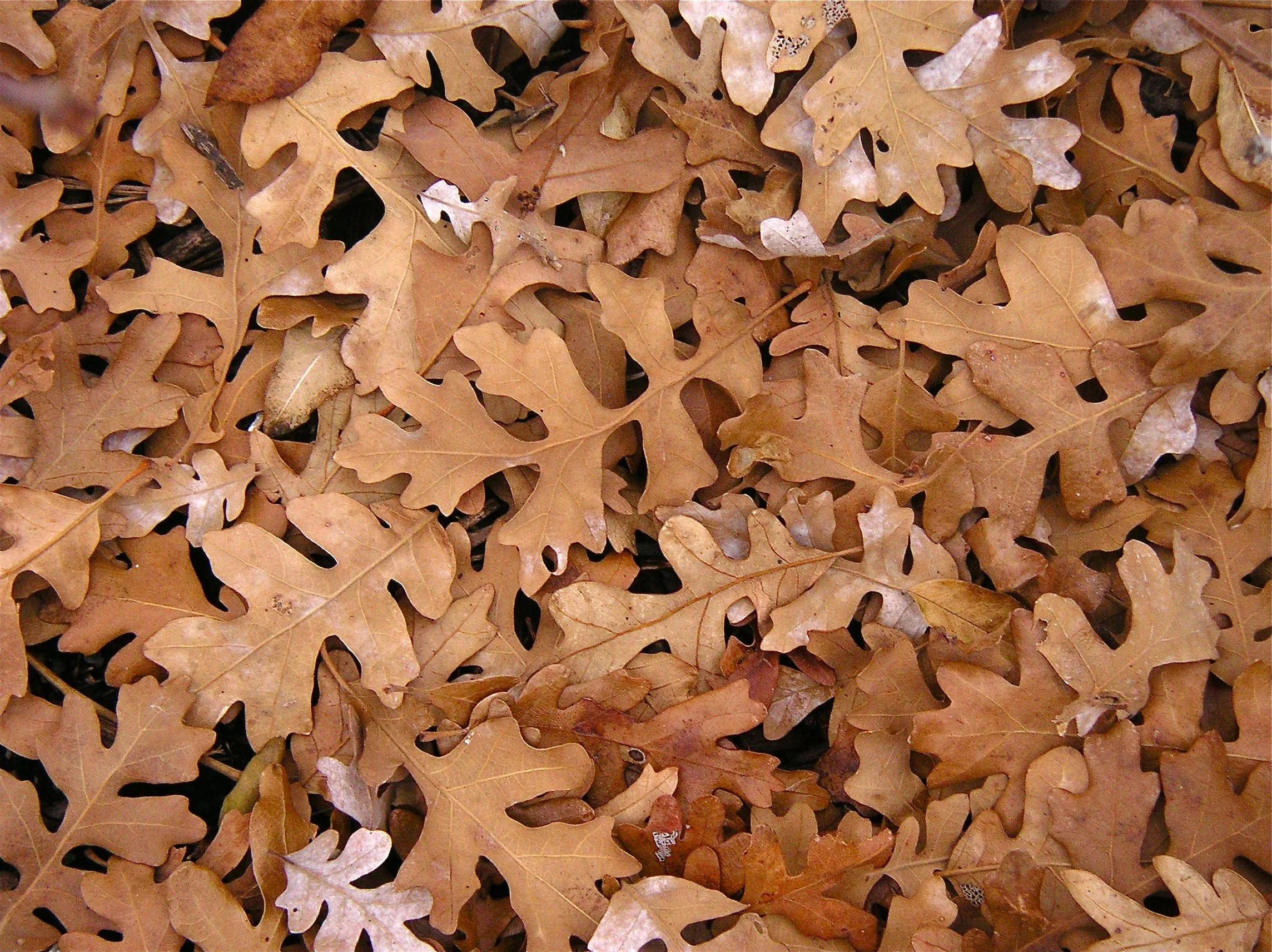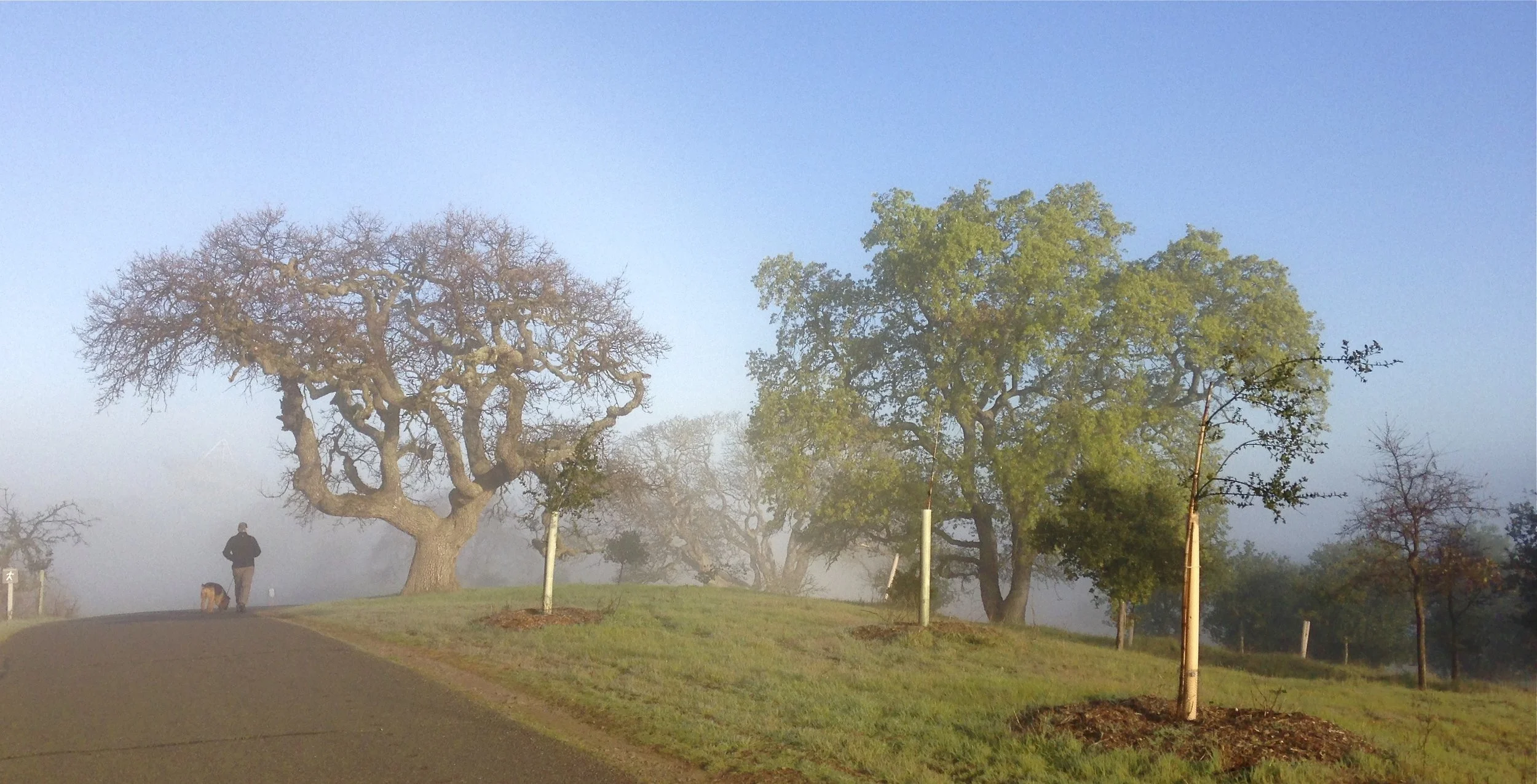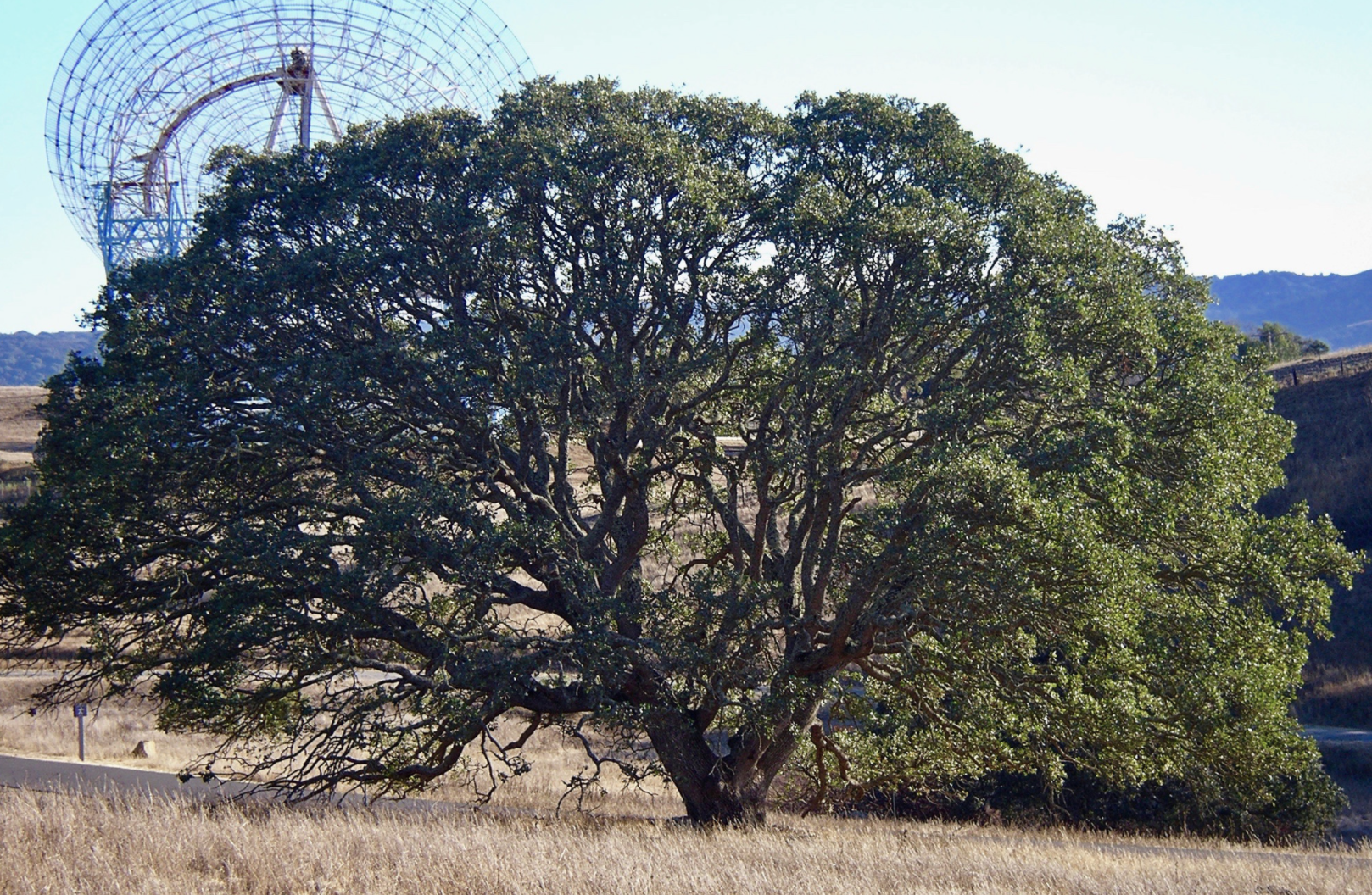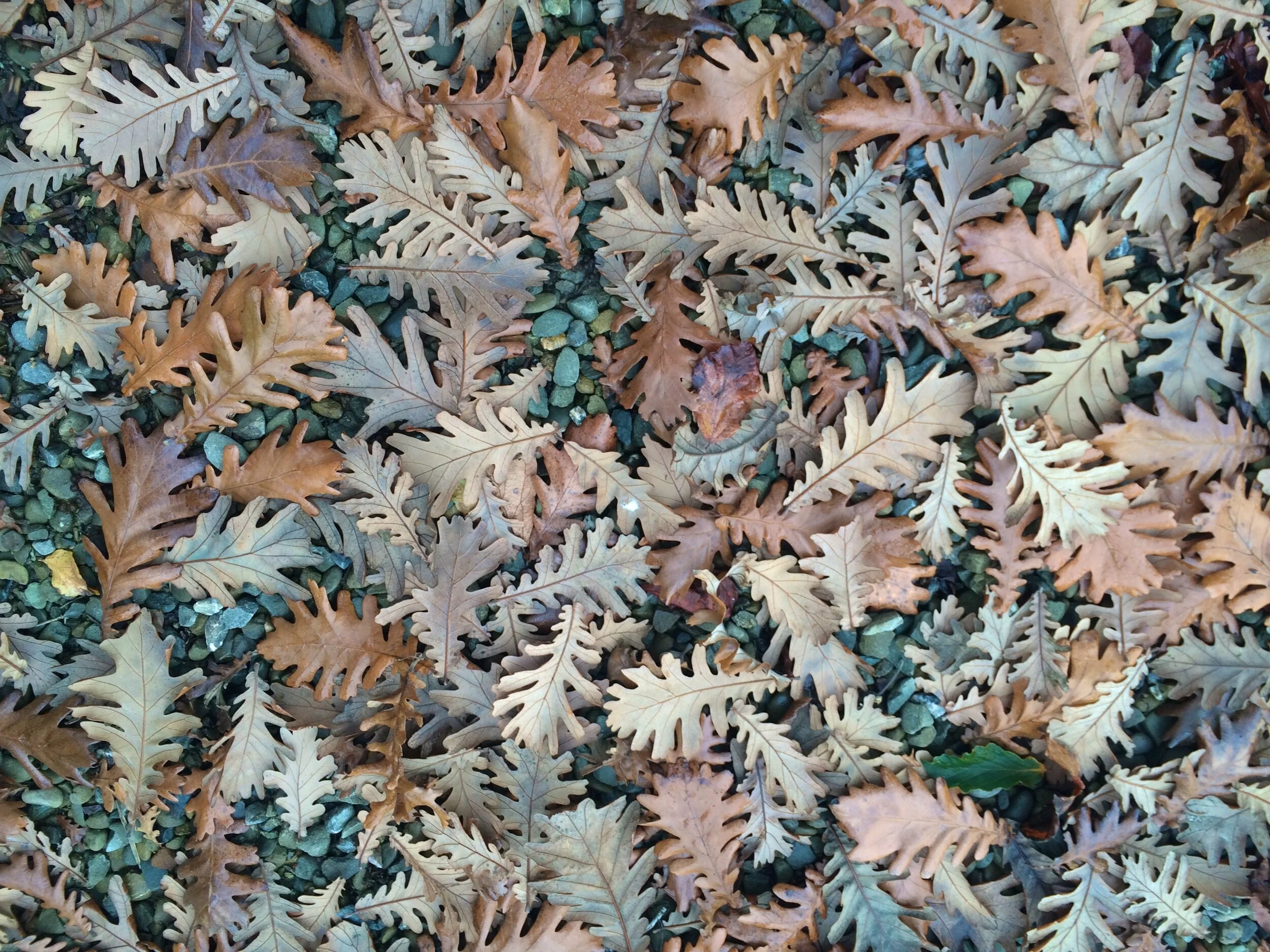
Future Trees
Join Dave Muffly in his efforts to find and plant resilient trees that will combat climate change for California, and the rest of the world…
We live in times of movement, on every scale, and in every facet of life. As the climate continues to warm and change, global biodiversity is shifting poleward at an unprecedented rate. Trees, which underpin much global biodiversity, cannot walk to newly adapted locations. Key tree types, like oaks, must migrate slowly via animals and birds carrying their seeds.
But as rates of climate shift exceed historical precedent, nature cannot keep up. To mitigate habitat collapse, assisted movement of key ecosystem elements becomes critical to our planet's future. Oaks are foundational to much global biodiversity, and support more pollinators, birds, vertebrates, arthropods, plants, and fungi than any other terrestrial ecosystem element in California, and elsewhere.
One habitat mitigation strategy showing initial success is the utilization of biologically disrupted urban areas to grow potential migration species, like oaks.
Welcome to Oaktopia.
There is no question that we need to be planting trees, for many reasons. Trees fix carbon. Trees support biodiversity. Trees hold slope soils together. Trees shade our increasingly baking cities. Trees help keep us sane. The list goes on.
But there's a baffling question, rarely expressed, holding back the success of tree planting efforts worldwide.
Exactly what trees do we plant in any given place, if the climate is shifting so rapidly?
Projections of range shift for tree species show the optimal climates for trees moving hundreds and even thousands of miles from their current locations within the lifespan of newly planted trees. By the time a tree planted today grows to maturity, it may no longer be adapted to the new climate.
Native trees are in trouble today worldwide, including in California. This has been true for years, even before the era of the megafire. The common wisdom to plant local native makes less sense as we get ourselves deeper into climate change feedback loops. Without substantial emissions reductions, and even with them, we are virtually guaranteed major shifts in plant geographical ranges, as has been well documented from previous climate change events in geological history.
So what is the answer to what trees we plant?
Resiliency.
Plant what survives well in current conditions, and look to the climate zones projected to come your way for trees to test. Observe the tests carefully, and let the successful tests guide your way forward. But the basic message is simple.
PLANT RESILIENT TREES!
A Blue Oak atop the Dish at Stanford University. In 40 years, we have never seen an acorn on the tree.
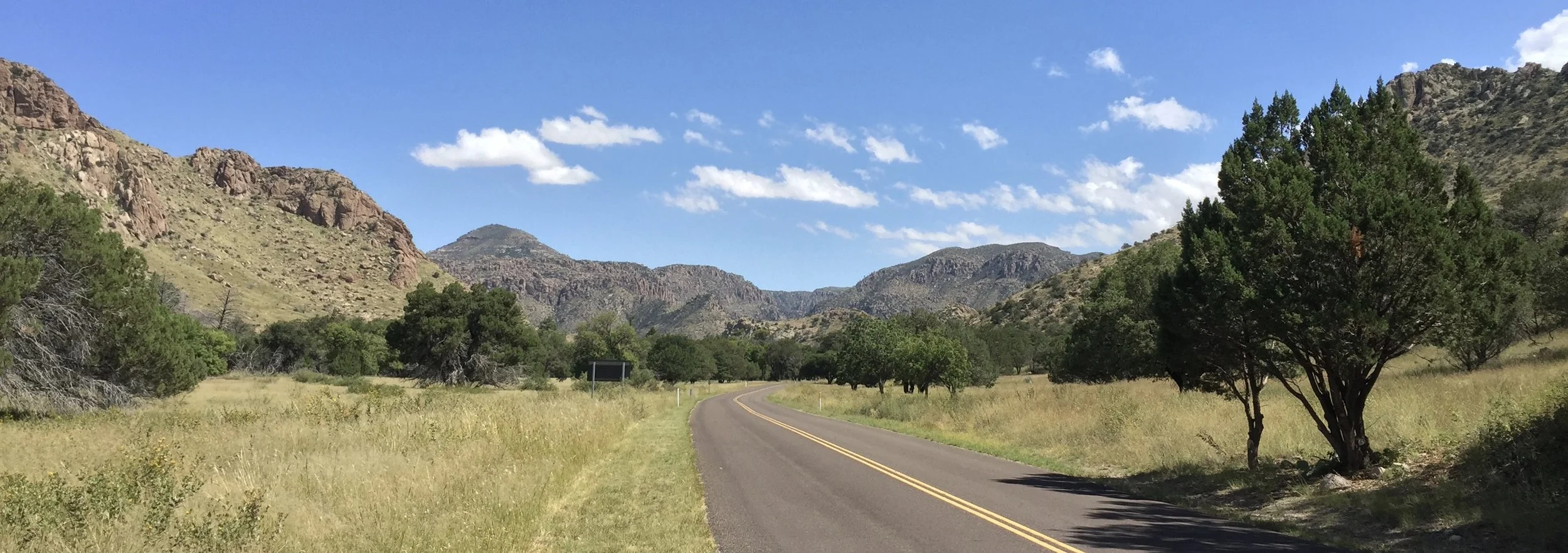
What are resilient trees?
The survivors. They can handle the changing current climate, with a proven ability to survive in hotter climates to the south. Ideally, they provide substantial habitat to local and migrating biodiversity. We need as big a diversity of such resilient trees as we can muster. If climate change is the real World War III, then to win it, we need World War Tree! We need an Arsenal of Ecology, because the fight is coming to you, no matter where you are.
In California, as worldwide, land managers increasingly face a reality where many of the local native plants no longer thrive. I learned this lesson directly starting more than 30 years ago, as I collected thousands of blue oak acorns for planting by the ecological service non-profit Magic on Stanford University lands.
Despite blue oak trees being widespread in the area, acorns were hard to find in the best years, and virtually impossible in the bad years. Then we planted those hard-to-find acorns, only to watch the leaves of seedlings be consumed by powdery mildew, disfiguring and killing virtually all of the trees.
In 30 years of diligent planting and care, only a tiny percentage of the blue oaks thrived, either in our plantings, or in the surrounding wild lands. I gave up on Blue Oak in the area after planting thousands. This is my real story, and it is the story of the young oaks you see on the Dish at Stanford after 35 years of carefully documented reforestation work. This story is increasingly repeated worldwide. Scientific range projections for Blue Oak confirm our observations.
Local natives are dying all over. Exactly as climate change scientists have been warning would happen for the 30 years that I've been paying attention.
So what trees do we plant when local natives no longer thrive? You start by looking to the closest cousins of the trees you have. You look for trees in the climate zones that are predicted to be coming your way. Realistically, for California today, you look south, and just a bit east. And you also look to sister climates all over the world. The search is on. Welcome.
